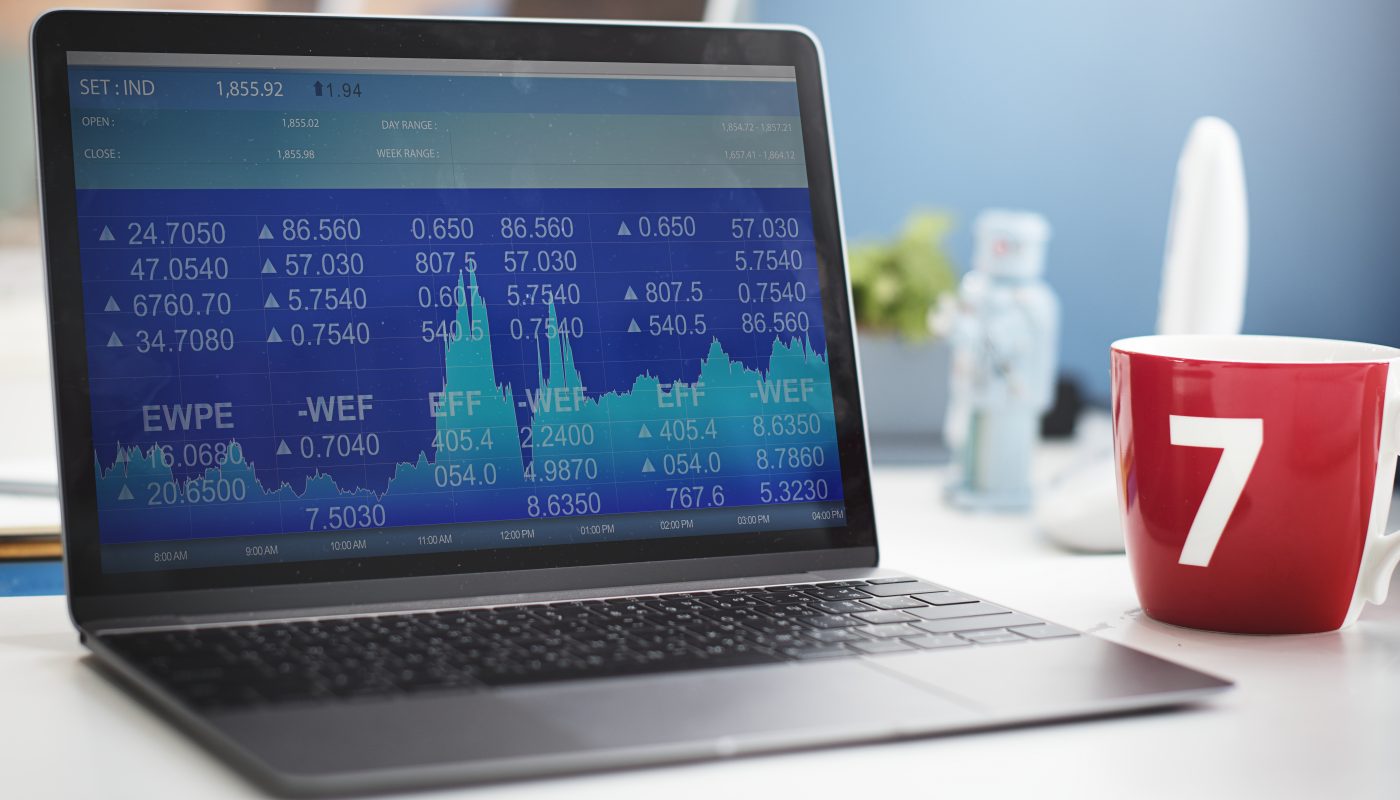Daniel Lacalle, vice president and specialist of the global energy sector/fund manager of Pimco, sums it up very well in his sentence: “In Spain, all citizens pay too many taxes.” He does not lack reason. In Spain, the population is subject to enormous fiscal pressure because remember, it is not only limited to corporate taxes but there are also green, social, and other taxes. And we all know the consequences of not keeping them up to date or paying them within the established deadline.
TAX ADVANTAGES OF INVESTMENT FUNDS
One of the biggest tax advantages of investment funds is that they enjoy the tax benefits of transfers so that an investor can move his capital from one fund to another without having to sell and buy, and therefore, differs the Payment before the Treasury. This is very good.
And is that the sale of shares does not pay as long as the amount of them is transferred to another investment fund. In other words, without selling your participation in a fund but allocating the money to buy another, you will not have to pay for the profits obtained when making the income statement, which is a huge advantage in terms of investment.
In Fondos.com we make it easy for you to “jump” from one fund to another, with different profiles or efficient borders that best fit you.
In the personal income tax
The first thing to keep in mind is that investment funds are exempt from taxation until they are repaid, that is until the investor withdraws their money from the fund. You will only have to pay taxes at the time of recovering your money, when also a withholding tax is applied in a personal income tax of 19% (Income Tax of Individuals) on the capital gains obtained, according to current tax regulations.
The positive or negative returns obtained in the reimbursement of participation are considered as capital gains or losses, as is the case with all savings products. In the case of investment funds, you will pay taxes for the benefit you have obtained, which is nothing but the result of subtracting the subscription value from the reimbursement value (the difference between the money invested and that obtained when reimbursed the shares). This capital gain or loss is integrated into the taxable base of the savings in which they will be taxed based on three tranches regardless of the period in which the gain or loss was generated.
These tax tranches for investment funds are the following for income 2018, which we will now do in 2019:
- Up to 6,000 euros - 19%
- Between 6,000 euros and 50,000 euros - 21%
- More than 50,000 euros - 23%
In the Basque Country and Navarra, the types of% are different. In Álava, Guipúzcoa and Vizcaya are:
- Up to 2,500 euros - 20%
- Between 2,500 and 10,000 euros - 21%
- Between 10,000 and 15,000 euros - 22%
- Between 15,000 and 30,000 euros - 23%
- More than 30,000 euros - 25%
In Navarra the following types of% apply:
- Up to 6,000 euros - 20%
- Between 6,000 euros and 24,000 euros - 24%
- More than 24,000 euros - 27%
This does not mean that you will pay that percentage for your earnings, since the money obtained through investment funds is integrated with that of the rest of the investments, compensating losses with gains.
It should be taken into account that capital gains and losses are integrated and compensated with each other and, if the result is negative, it will be compensated with positive balances of gains and losses of the same type that occur in the following four years. In other words, if you lose money in investment funds, you can subtract it from the profits you have had in funds or other investments that are integrated into the capital gains.
Also, if a particular year you have lost money with your investments after compensating losses and profits, you can subtract that money to what you earn the following year, or the next, or the next or the next. In total, you have 4 years to compensate for the losses. If, for example, you lost 1,000 euros in investment funds in 2015 and you have earned 3,000 euros in 2016, you can subtract that loss, so that by making the 2016 income statement for your funds it will be as if you had only earned 2,000 euros.
Returns on investment funds go to box 22 of the IRPF.
RELIEF OF FUNDS
The investment funds do not allow you to deduct the benefits in the income statement as the pension plans do, but there are two expenses that you can subtract from the money you have earned: the acquisition and disposal expenses satisfied, that is, the additional money you have paid beyond the value of the fund’s share.




